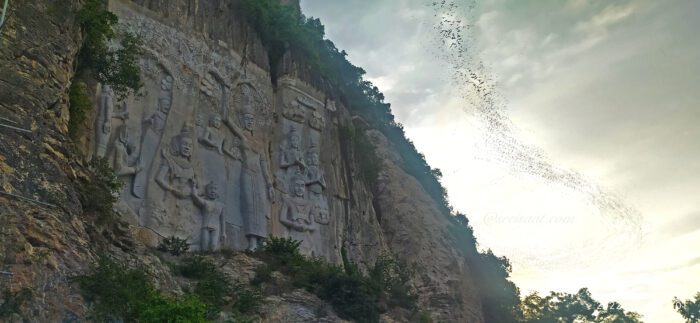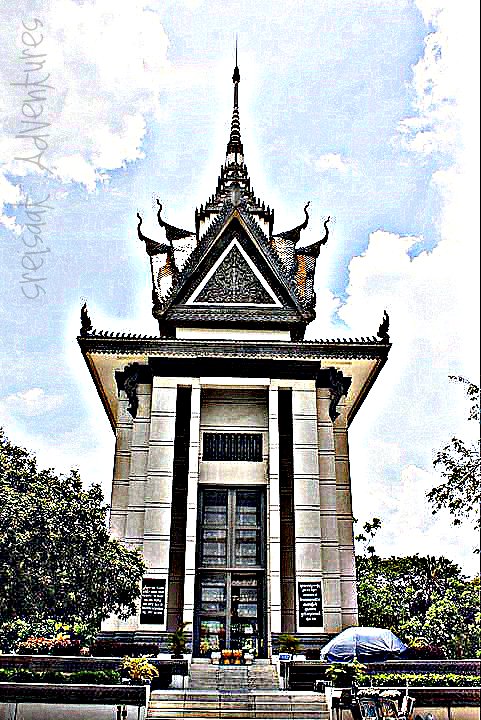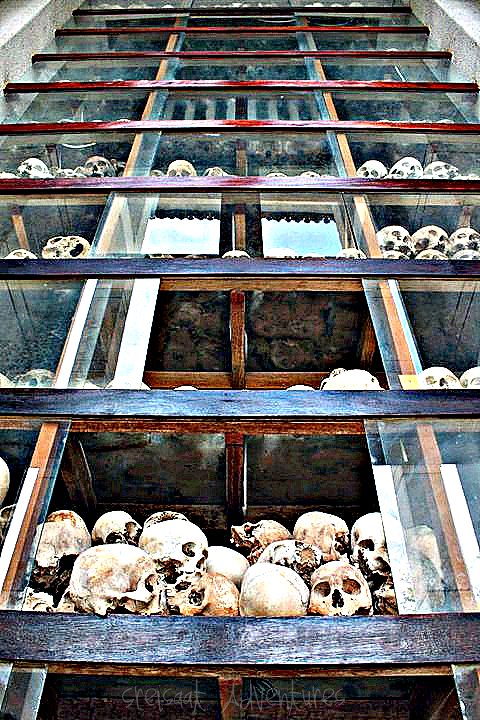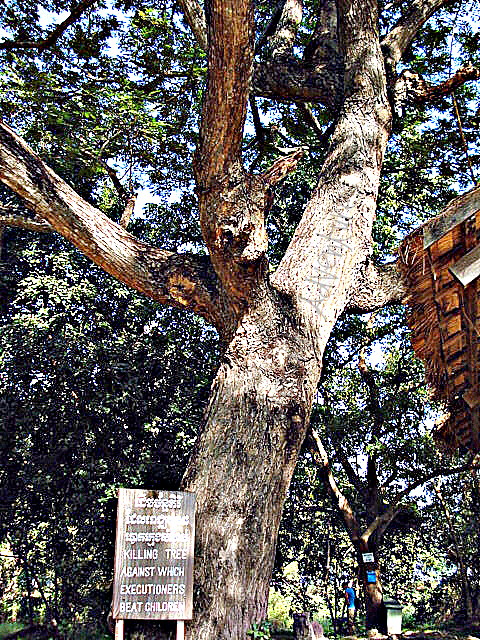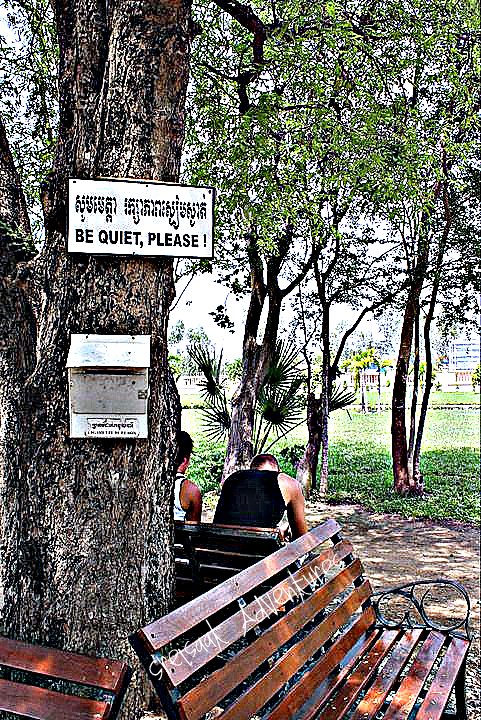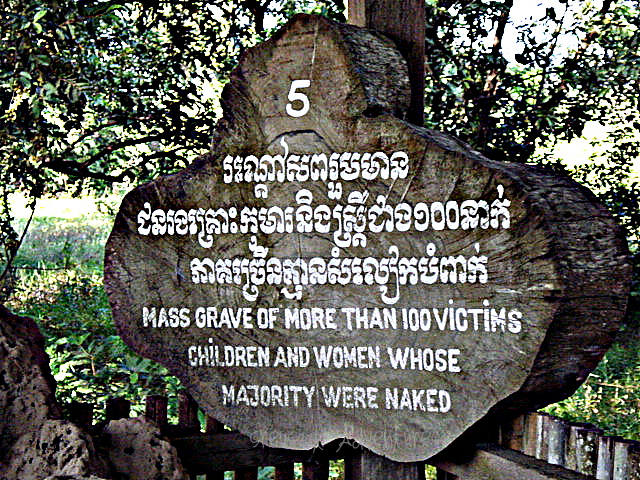This week’s My Corner of the World and Skywatch Friday takes a detour from my usual work routine when I did a field work in our Battambang program office. My schedule is typically a whirlwind of program office meetings and fieldwork in the communes that require traveling distances, collaborating with community partners and beneficiaries for monitoring and documentation. Office days have a familiar rhythm, while fieldwork often stretches our days from dawn to dusk.
My schedule for the day wrapped up early, finding me back in the car alongside colleagues by 4pm. Just as we were settling in for the drive back to town, a brilliant suggestion from a colleague sparked a spontaneous adventure – a quick stop at Phnom Sampov! This historical and natural landmark, renowned for its resident bat population, was conveniently located on our return route. Needless to say, I was all in!
Located about 20 kilometers from our fieldwork site and 15 kilometers from the town center, Phnom Sampov offers a unique blend of history and nature. Three large caves, adorned with Buddhist shrines and statues, pierce the mountainside. One such cave is pictured below. Giant Buddha carvings grace another side, while chilling reminders of the Khmer Rouge period remain within – locals claim human skeletons can still be found inside.
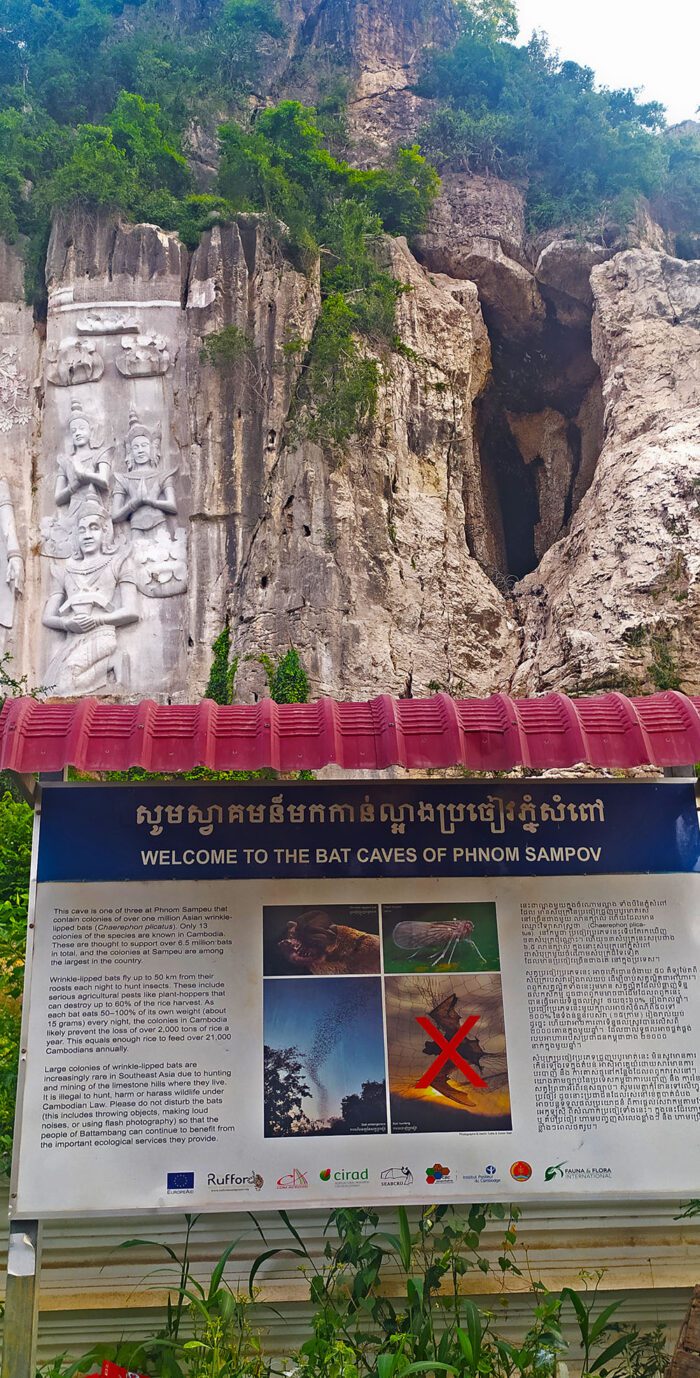
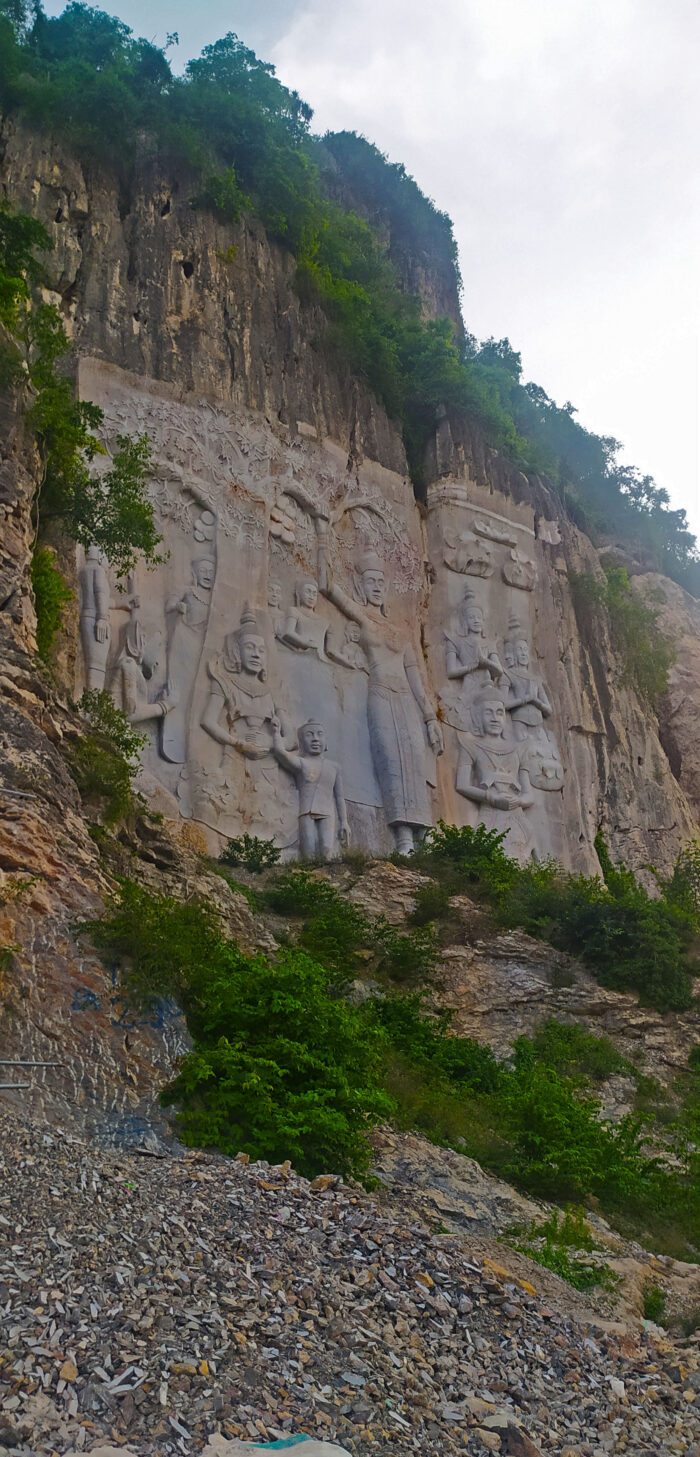
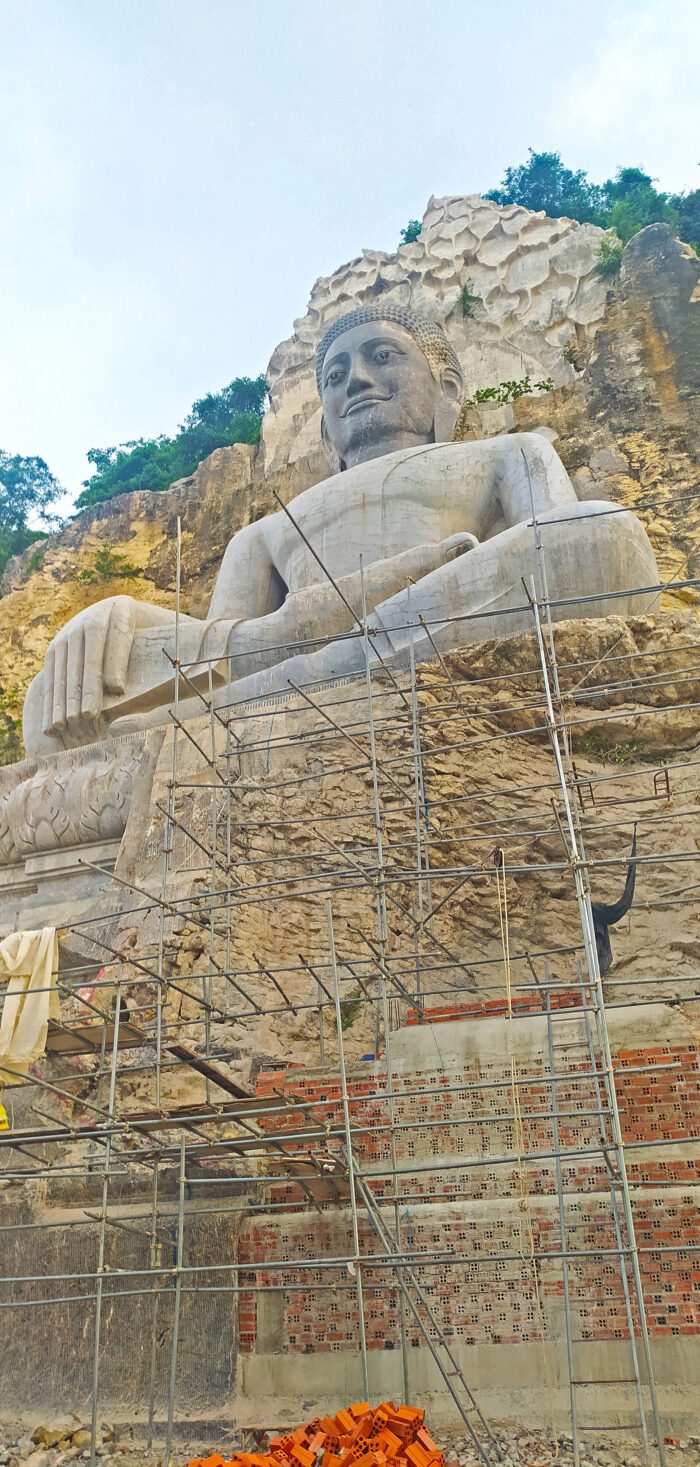
But the real allure of Phnom Sampov, attracting both local and international visitors, unfolds at dusk. As day surrenders to night, a breathtaking spectacle takes flight. Thousands, if not millions, of wrinkle-lipped bats emerge from the cave, their synchronized exodus painting the twilight sky with a mesmerizing dance. The movement reminded me of a starling murmuration – the closest comparison I can offer to capture this awe-inspiring phenomenon.
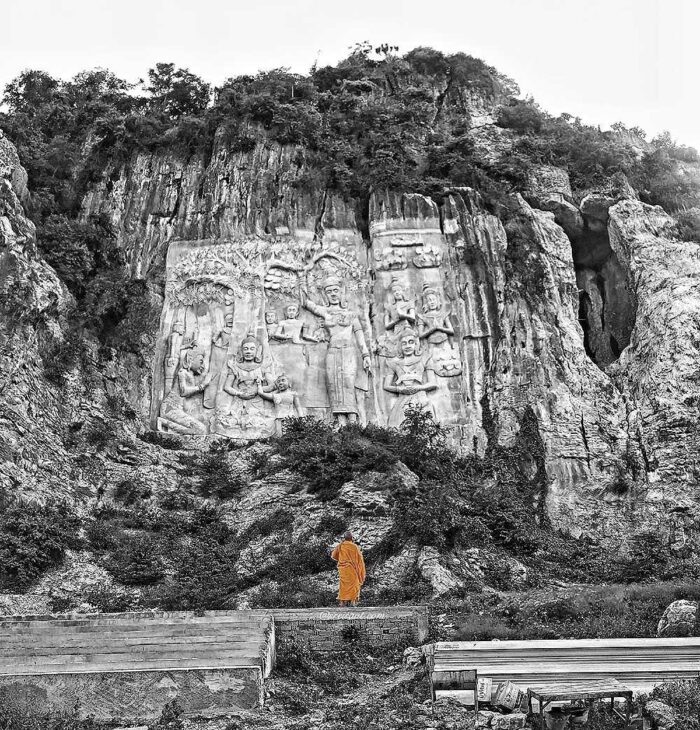
So, if Battambang ever finds a place on your travel map, consider adding Phnom Sampov to your itinerary. And for those who appreciate the unexpected wonders of nature, don’t miss the chance to witness the nightly bat dance – it’s an unforgettable experience that will leave you feeling truly batty (in the best way possible) about Battambang!
